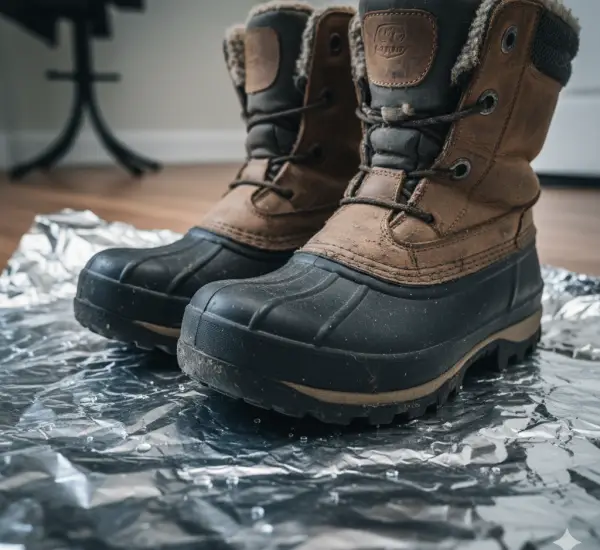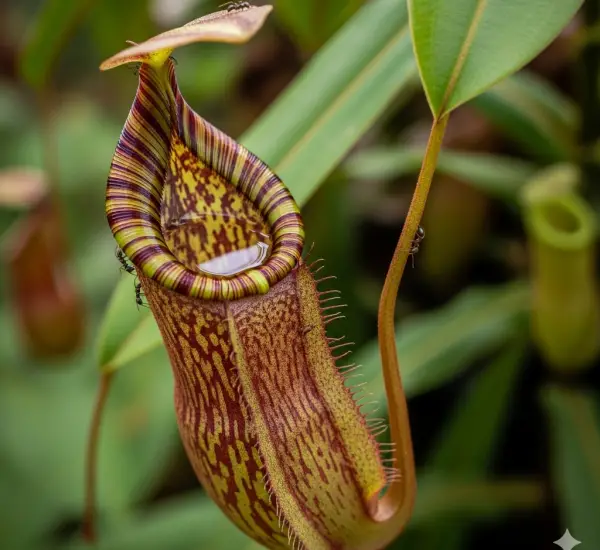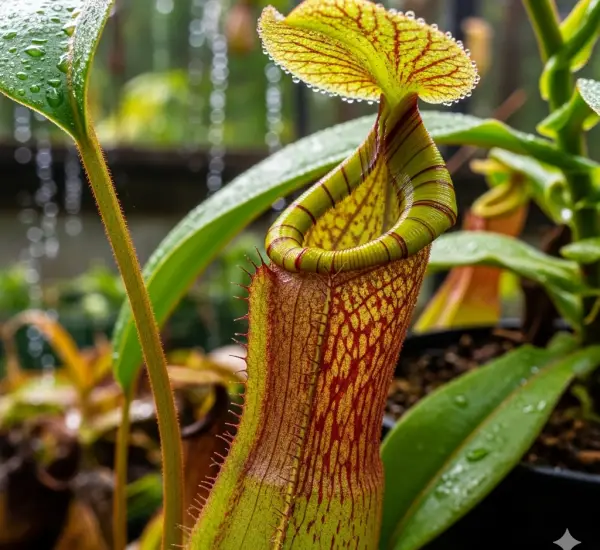Carrots are among the easiest and most rewarding vegetables to grow in a home garden. Crisp, sweet, and rich in vitamins, they grow well in both small and large spaces. Even if you’re new to gardening or don’t want to spend hours digging and weeding, you can grow a healthy crop of carrots in your backyard with minimal effort.
Whether you’re aiming for a full harvest or just want a few fresh additions for your meals, here’s a no-fuss guide to growing carrots successfully.
Choose the Right Carrot Variety
Carrots come in many shapes and sizes, and some types are more forgiving of backyard conditions than others. Here are some great options for hassle-free growing:
-
Nantes carrots: Cylindrical, sweet, and easy to grow in shallow or raised beds.
-
Chantenay carrots: Short and stout, ideal for heavy or compact soil.
-
Mini or baby carrots: Perfect for container gardens or raised beds with limited depth.
Choose a variety that suits your available space and soil type. Seed packets will usually indicate which are best for beginners.
Preparing the Soil (The Easy Way)
Carrots thrive in loose, well-draining soil. Compacted or rocky soil can lead to misshapen roots. But you don’t need fancy tools or endless digging. Just follow these simple steps:
-
Pick a sunny spot—carrots need 6–8 hours of direct sunlight daily.
-
Loosen the top 10–12 inches of soil with a fork or shovel.
-
Mix in compost or aged manure to improve drainage and fertility.
-
Remove any large clumps, rocks, or roots to avoid carrot deformities.
If your native soil is very dense, you can fill a raised bed or large container with a simple mix: one part garden soil, one part sand or perlite, and one part compost.
Sow Seeds the Right Way
Carrots are best grown from seed rather than transplants. The seeds are small and slow to germinate, but the process is easy with the right technique.
-
Sow seeds directly into the soil about ¼ inch deep.
-
Space them about 1–2 inches apart in rows that are 12–18 inches apart.
-
Gently water the area to keep it moist but not soggy.
-
Cover lightly with soil and mulch to retain moisture.
To make it even easier, mix carrot seeds with sand or use seed tapes for even spacing.
Watering Without the Worry
Carrots don’t need constant attention—but consistent moisture is key during germination and root development.
-
Keep the soil consistently moist (not soaked) until the seeds sprout—this usually takes 10–20 days.
-
Once sprouted, water deeply once or twice a week, depending on rainfall and soil drainage.
-
Avoid frequent, shallow watering—it encourages shallow roots and poor shape.
A simple trick is to cover the rows with a light mulch to keep the soil moist and cool, especially during hot days.
Thinning for Better Harvests
Once your carrot seedlings are a couple of inches tall, it’s time to thin them. This ensures each carrot has space to grow straight and plump.
-
Thin seedlings to 2–3 inches apart by snipping weaker plants with scissors at soil level.
-
Avoid pulling seedlings to thin—this can disturb the roots of nearby plants.
It may feel counterintuitive to remove healthy plants, but spacing is essential for quality carrots.
Low-Maintenance Care Tips
Carrots are relatively pest-resistant, but here are a few quick tips to keep them healthy:
-
Mulch around the plants to suppress weeds and retain moisture.
-
Avoid using high-nitrogen fertilizers, which encourage leafy tops instead of robust roots.
-
If pests like carrot rust flies are a concern in your area, use row covers to protect seedlings.
You don’t need to prune or trellis—just let them grow at their own pace.
Knowing When to Harvest
Carrots are usually ready for harvest 60–80 days after planting, depending on the variety.
-
Check the shoulders (the tops of the roots that emerge from the soil). When they’re about ½–1 inch wide, you can test one.
-
Gently pull a carrot and check its size and color. If it looks good, the rest are likely ready too.
If left in the ground too long, carrots can become woody or split, so it’s better to harvest when they’re just mature.
Storage and Use
After harvesting:
-
Rinse gently to remove soil.
-
Trim off the leafy tops to keep them from drawing moisture from the roots.
-
Store in the refrigerator in a breathable bag or container.
Fresh carrots can last for several weeks when stored properly. You can also blanch and freeze extras for long-term use.
Final Thoughts
Growing carrots in your backyard doesn’t require fancy tools, constant attention, or a green thumb. With a bit of planning, occasional watering, and the right soil prep, you can enjoy crisp, homegrown carrots straight from your garden—even if you’re a beginner or short on time.
Choose an easy variety, loosen the soil, water consistently, and harvest at the right moment. In just a few months, you’ll be amazed at what a hassle-free backyard garden can yield.




